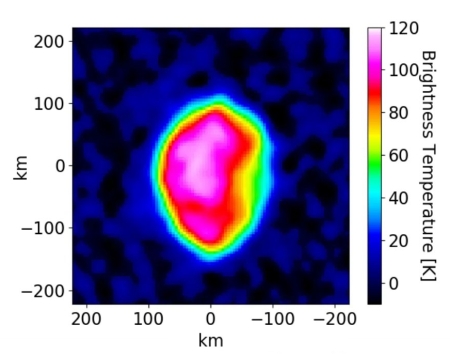Laser communication tests with Psyche have now included a cat video
Following up on the first tests in mid-November, engineers on December 11, 2023 downloaded a 15-second cat video from the asteroid probe Psyche at a distance of 19 million miles, demonstrating fast download speeds 10 to 100 times faster than the best radio transmissions.
The demo transmitted the 15-second test video via a cutting-edge instrument called a flight laser transceiver. The video signal took 101 seconds to reach Earth, sent at the system’s maximum bit rate of 267 megabits per second (Mbps). Capable of sending and receiving near-infrared signals, the instrument beamed an encoded near-infrared laser to the Hale Telescope at Caltech’s Palomar Observatory in San Diego County, California, where it was downloaded. Each frame from the looping video was then sent “live” to NASA’s Jet Propulsion Laboratory in Southern California, where the video was played in real time.
I have embedded that video below. More details about the information in that video can be found here.
» Read more
Following up on the first tests in mid-November, engineers on December 11, 2023 downloaded a 15-second cat video from the asteroid probe Psyche at a distance of 19 million miles, demonstrating fast download speeds 10 to 100 times faster than the best radio transmissions.
The demo transmitted the 15-second test video via a cutting-edge instrument called a flight laser transceiver. The video signal took 101 seconds to reach Earth, sent at the system’s maximum bit rate of 267 megabits per second (Mbps). Capable of sending and receiving near-infrared signals, the instrument beamed an encoded near-infrared laser to the Hale Telescope at Caltech’s Palomar Observatory in San Diego County, California, where it was downloaded. Each frame from the looping video was then sent “live” to NASA’s Jet Propulsion Laboratory in Southern California, where the video was played in real time.
I have embedded that video below. More details about the information in that video can be found here.
» Read more


